But when setting the table, the napkin must be on the left?
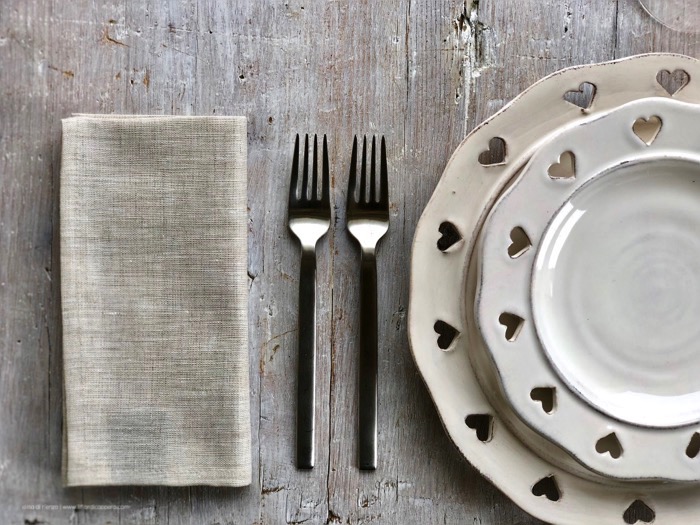
n this period on Sky we can admire the prowess of three young professionals who would like to “teach” us how to cook, how to furnish a house and how to behave at the table. Leaving aside the first two figures that we deliver to authoritative professionals in their subjects, the third figure, that of the educator of good manners, sincerely makes us smile a little. Why? Because it is clear that the character is strongly “embarrassing” and, without a doubt, built for use and consumption for the transmission: tense shoulders, embalmed subject, intent on eating with a selfie mouthpiece.
We are not! This is not the bon ton. Who would like to have a guest who can only criticize and look with a keen eye at how I eat, how I dress, how I cook and how I cook? You will say: but he is a judge, he is doing his job! It is true, but if you do a little more detached analysis, you realize that for each episode everything is built and well studied to do only shows and audiences.
So this blessed napkin, which seems to be the worst obstacle for most hosts to overcome, where should we put it? Our actress is right: she goes to the left, but she never explained why. We will do it.
Let’s start with some details: first of all the napkin must certainly be of fabric and the same color as the tablecloth for a traditional table or in stark contrast to it for a more modern table. t must be absolutely positioned on our left because the spoon, knife and two glasses are already on the right, only the fork with the saucer of bread remains on the left and therefore the table would be unbalanced; the napkin on the left, therefore, serves to balance the table with the rest of all the other elements. As soon as you sit down, you should rest on your legs.

Over the centuries, the position of the napkin has changed many times. In fact, the napkin was positioned on the right (good hand) and not on the left (bad hand); later he positioned himself on the right shoulder to take it with his left hand, since he ate with his right. Towards the 1600s, he placed himself in the hollow of his right elbow from his shoulder because at that time he ate with his left hand; and finally, precisely, to the present day, in the legs. Another historical curiosity is that even before the napkin, a piece of bread was used to clean the mouth and it was eaten at the end of the meal.
I still remember the words of my mother when she “gave me” bon ton at the table as a child: “a young lady never gets her lips dirty”; and indeed one must always try to eat without being anointed. So why is the napkin needed? Mainly to avoid annoying and likely halos on the rim of the glass. Only the internal part is used; so, once used, we will hide any traces of food and do not risk dirtying clothes. Let us remember that, once the meal is over, the napkin must be put back on the left and never folded; indeed, it is good to leave it wrinkled.
And then, dear actress, at the end of lunch, when they offer you a delicious Sicilian cannolo, remember that you don’t ask for the dessert fork but you eat with the best forks that creation has given us: your hands.
Sign up for our newsletter and stay updated on our delicious news
We don’t like spam. You can unsubscribe whenever you want.

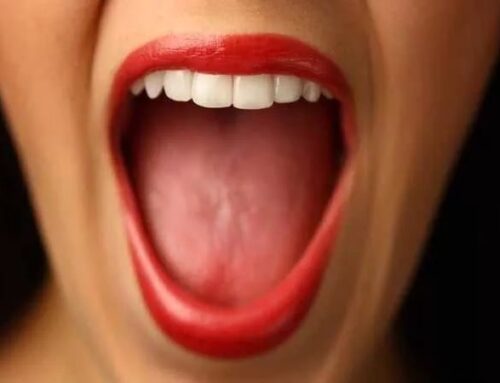
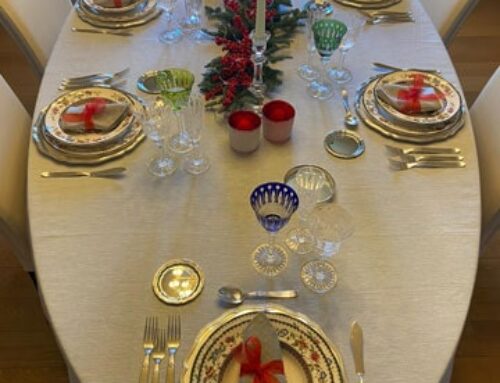
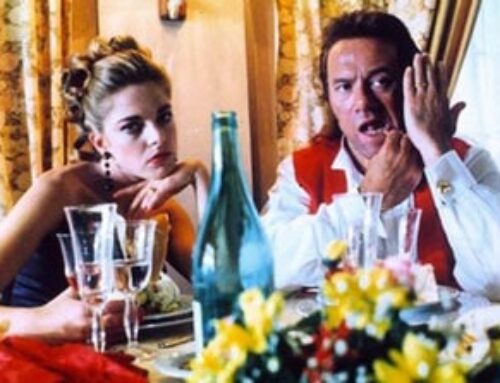
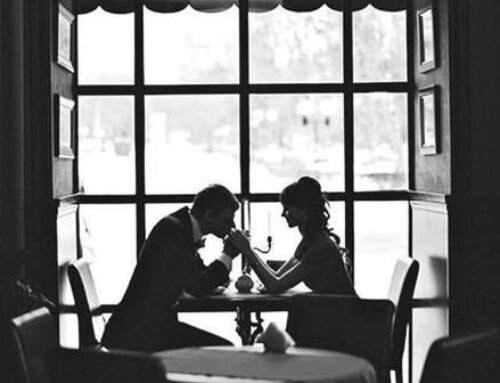
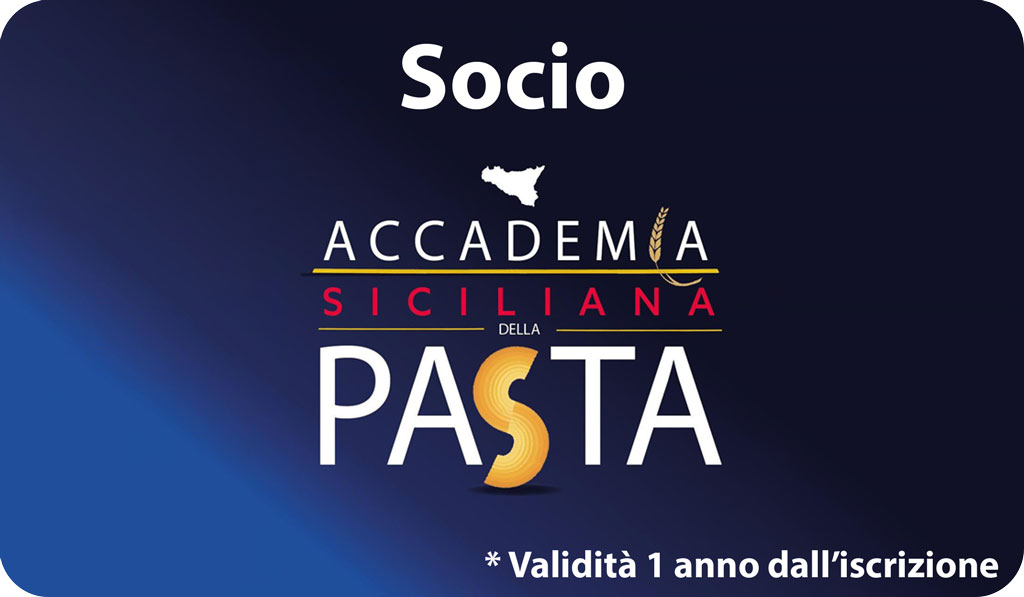
Leave A Comment